You’re sitting on the other side of the chessboard and your eyes are laser-focused on the board.
You played the opening perfectly and as you predicted, your opponent makes an inaccurate move which causes his position to quickly deteriorate.
Now you’re up a queen and you relax knowing it’s just a matter of time before your opponent resigns.
All of a sudden, you hear your opponent say that dreaded word “STALEMATE”.
You begin to sweat and hope it’s not true. All your hard work and preparation…destroyed by one inaccurate move.
Well, put your head up because this article will help you with 7 tips to ensure you don’t experience such horror again.
Let’s begin.
Learn How To Checkmate
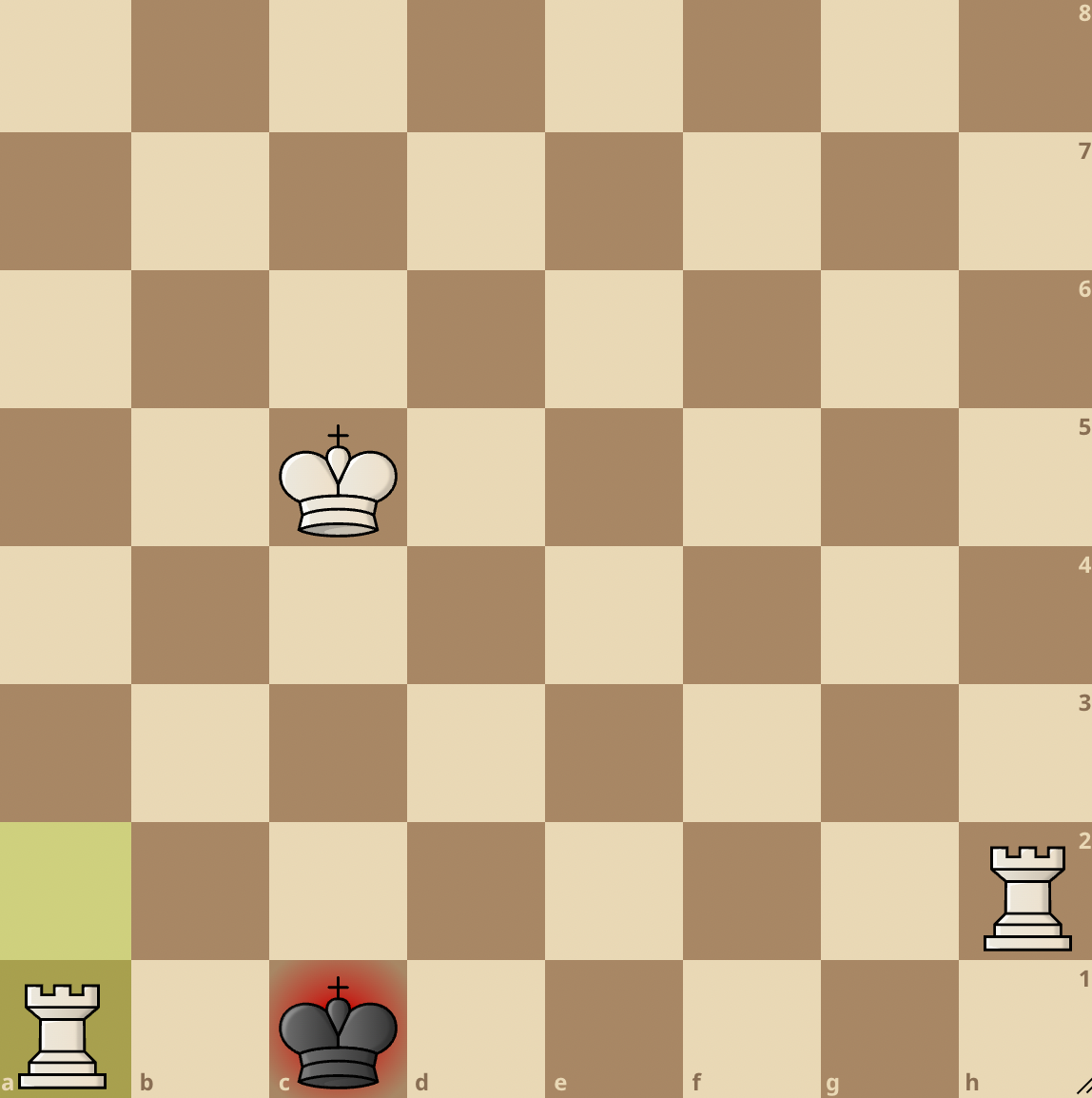
Every chess player aims to checkmate their opponent’s king in a game.
As such, if you don’t know how to checkmate, you wouldn’t know how to prevent stalemate in chess.
We have some great resources on our site where you can better understand the art of checkmate in different positions.
- Learn How To Checkmate With Two Rooks
- Learn How To Checkmate With Two Knights
- Learn How To Checkmate With Two Bishops
- Learn How To Carry Out The Queen And King Checkmate
- Learn The Bishop And Knight Checkmate
- Learn The 2 Move Checkmate
- Understand 40 Checkmate Patterns Sure To Win You Games
- Stalemate vs Checkmate: All You Need to Know
Don’t Capture Every Chess Piece
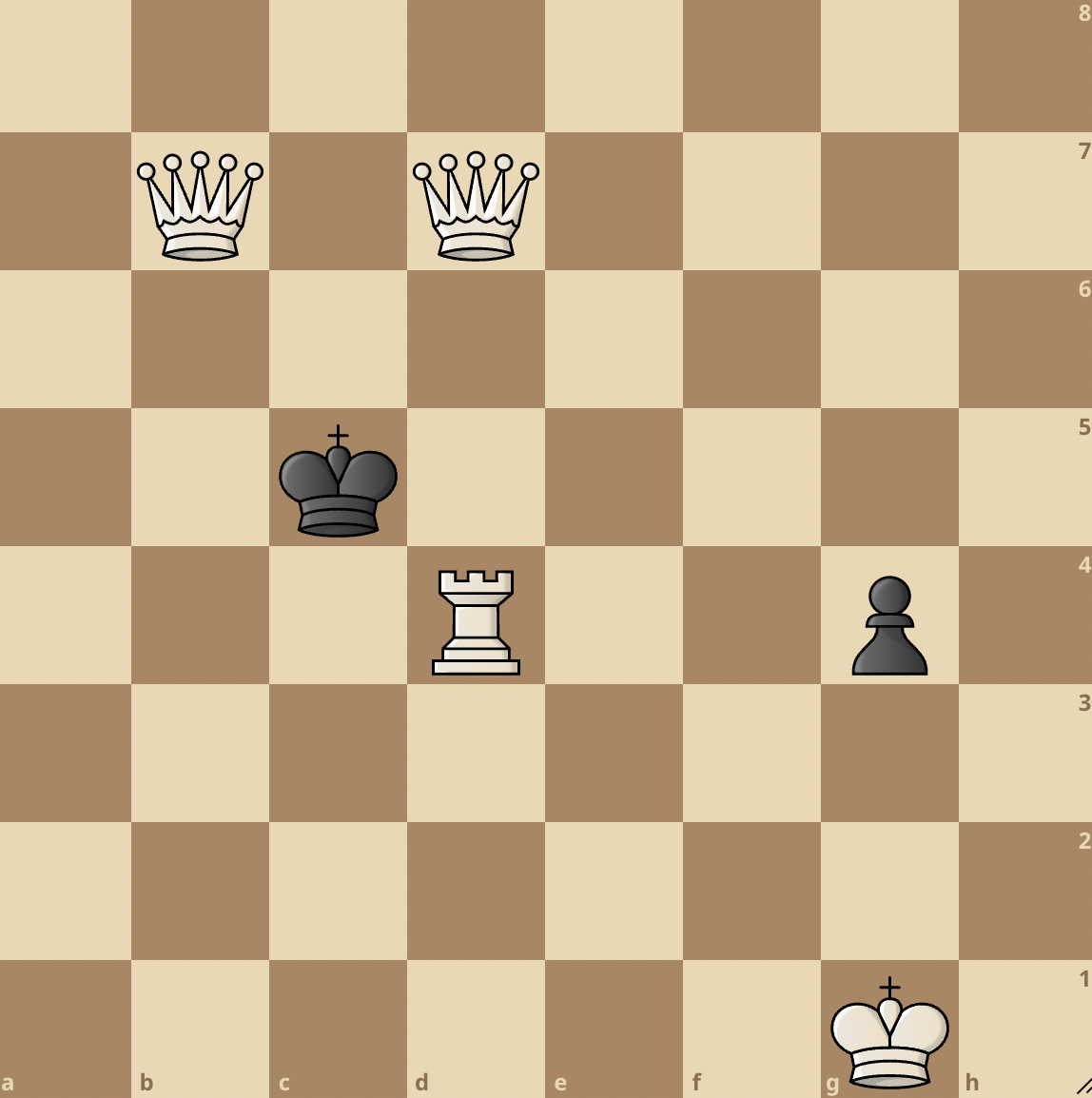
In the above position, Black to play is a mate in two after 1…g3 and 2. Qb4#
However, let’s imagine the pawn on g4 wasn’t there:

The position has moved from a win for White to a draw for Black. This is because the Black king doesn’t have any legal move as all the squares are covered by White’s pieces.
It’s automatically a stalemate. Stalemate occurs when your opponent has no legal moves with his king or any other piece.
So, if you have a huge material advantage and your opponent has a few harmless pawns laying around the board, you don’t have to gobble them up.
If the game goes on and your opponent doesn’t have any more legal moves in the game, those idle pawns will be your saving grace.
Simplify When You’re Up in Material
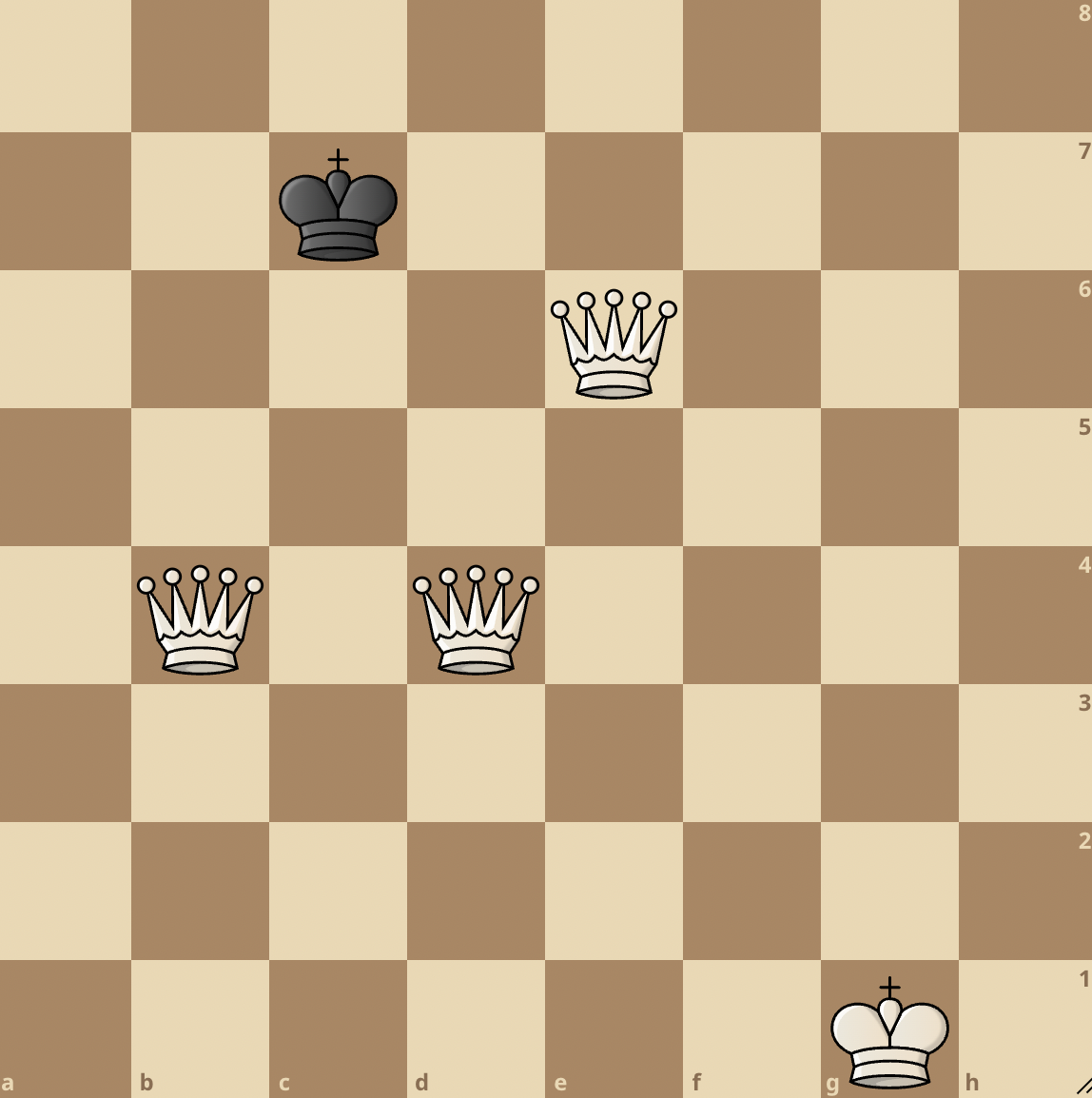
Black to play is stalemate. It would not have been stalemate if White had two queens.
Shows you that you don’t need three queens on the board to deliver checkmate. This is a mistake that most beginners make.
The more pieces you have on the board, the less space your opponent king has.
As such, if you have an overwhelming material advantage, you can give up one or two disposable pieces to ensure you don’t fall into the stalemate trap.
Always “Check” Your Opponent
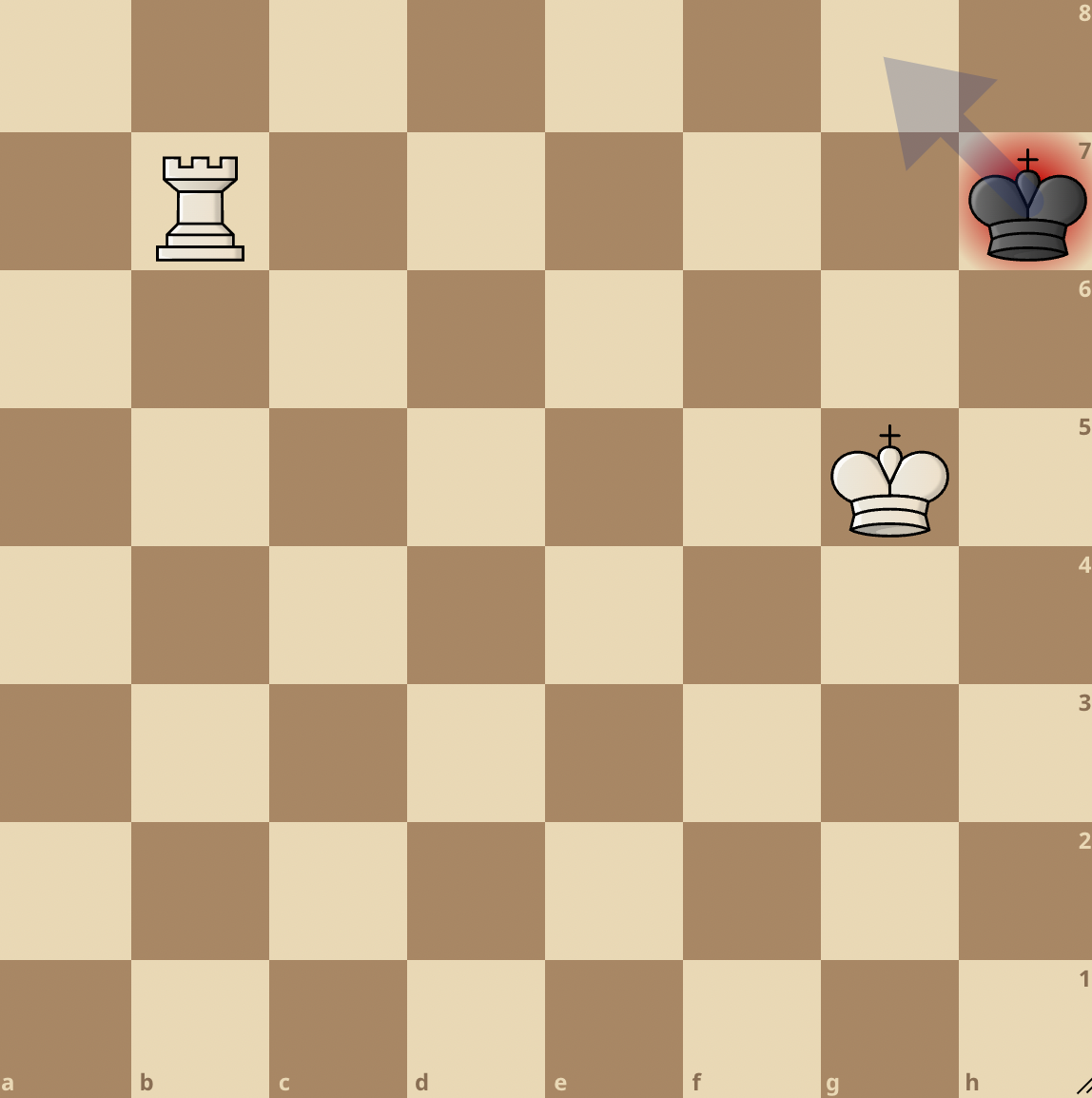
This might sound like a noob move, but it goes a long way in helping you prevent stalemate in chess.
Putting your opponent in check ensures that you do not fall into the stalemate trap as a stalemate cannot occur if your opponent’s king is in check.
So remember, anytime you’re in a tight position where you’re about to mate your opponent, give a check.
Side Note: Don’t overdo this till your opponent slips out of reach. Instead of checking aimlessly, rely on your chess calculation skills.
Stay Calm When You Have a Winning Position
Chess is a tactical game that requires the utmost calmness and efficiency.
Second world chess champion, Emmanuel Lasker once said ” The hardest game to win is a won game ”
This means that the closer you get to winning, the tenser you tend to be.
Breathing in and out when you have a winning position will ensure you stay calm, keep your head, and not make unnecessary mistakes.
Solve Stalemate Puzzles
Stalemate puzzles are positions created to educate players on how to deal with stalemate traps.
Regular practice with stalemate puzzles will sharpen your mind and help you navigate the treacherous waters of stalemate Island.

Get Familiar With Stalemate Patterns
When you’re well-grounded on what a stalemate is, you’ll be able to develop a “stalemate radar” that alerts you when a position is likely to end in a stalemate.
There are several stalemate patterns that every chess player should be familiar with. For example, a king and rook pawn can draw against a queen that isn’t supported by its king.
Another example is the “wrong bishop” pattern, where the bishop can’t control the square where the pawn would be able to queen.
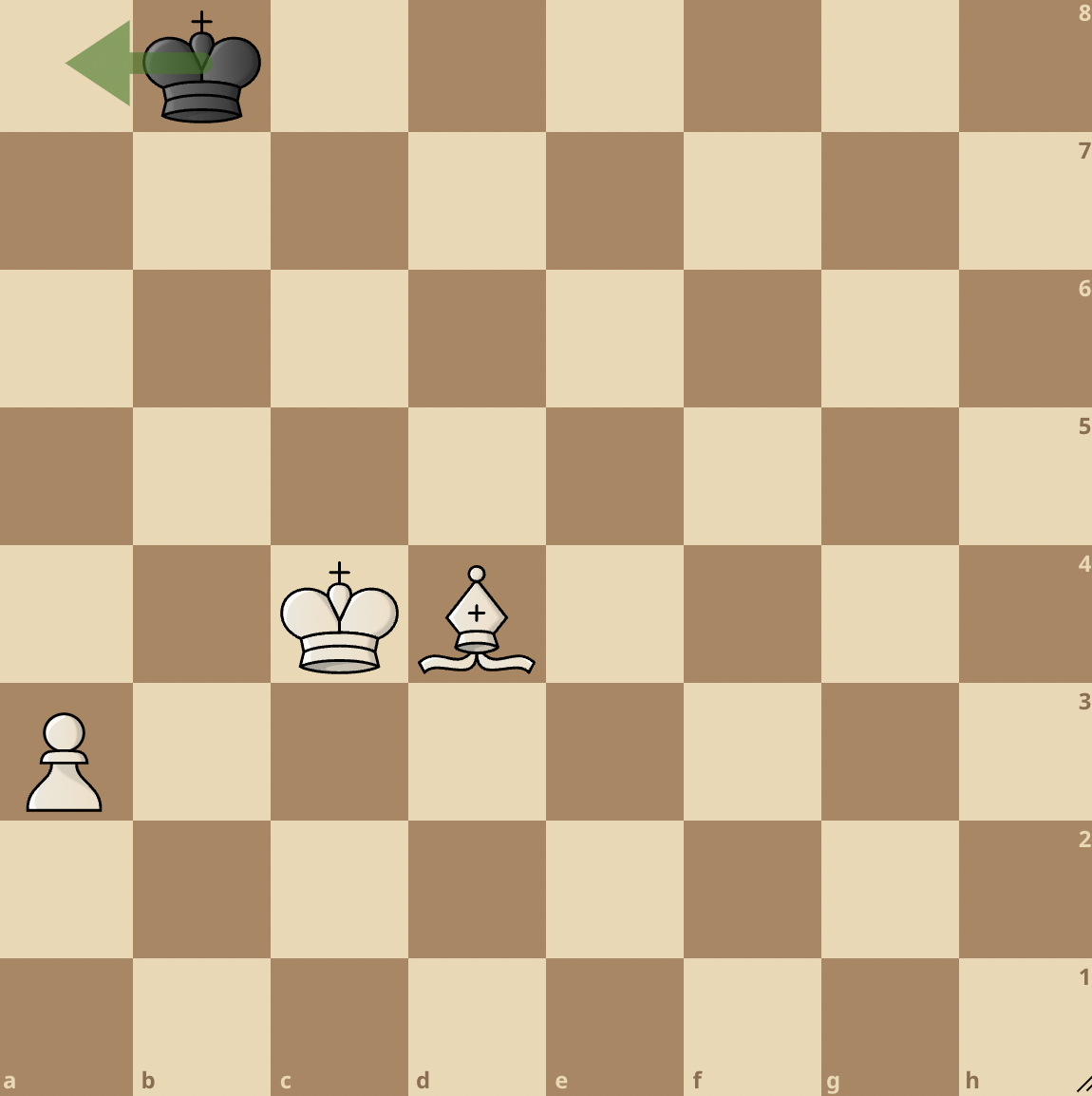
In this position, White is a bishop and pawn up yet he can’t win. This is because the dark-squared bishop can’t control the a8 square where the Black king can hide.
Few moves later and we’ll have a stalemate. Once you understand this pattern, you’ll do all you can to avoid getting in this kind of position in your future games.
There you have it. Let us know which tip resonated with you most in the comments section.




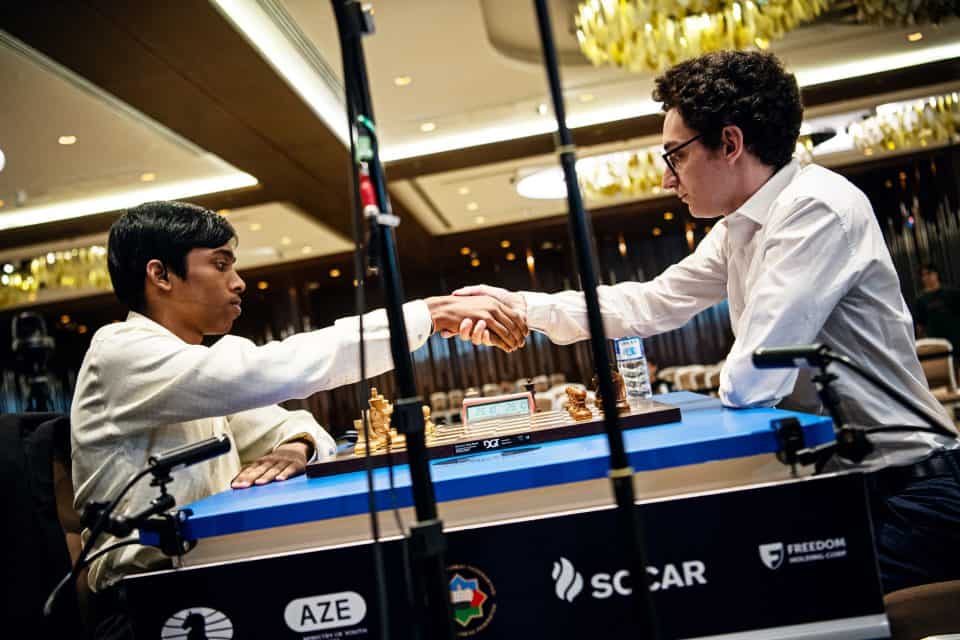
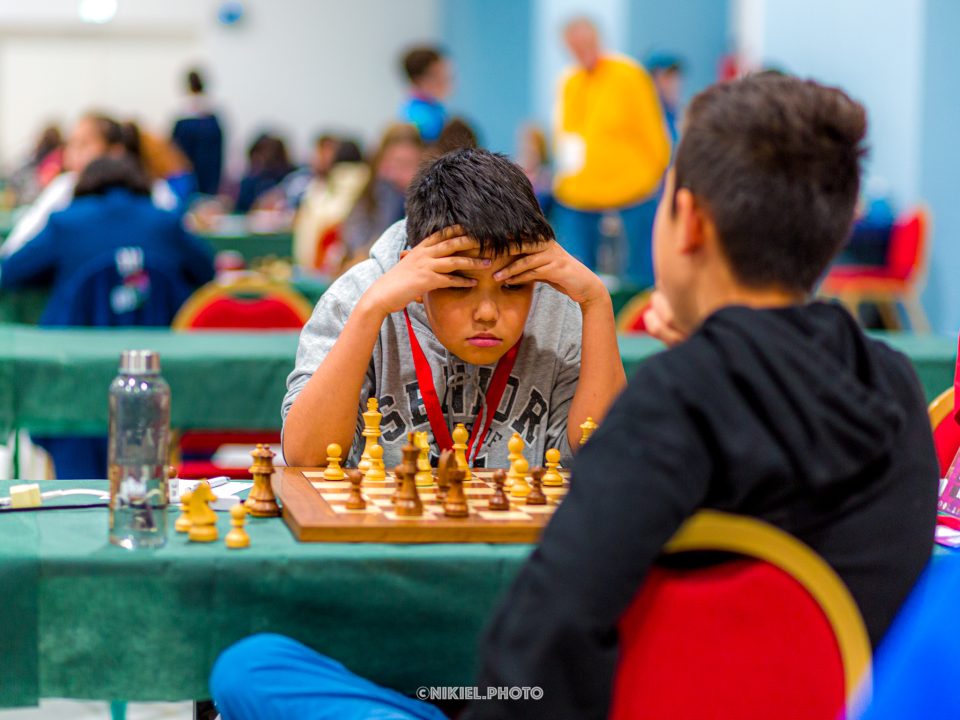
join the conversation